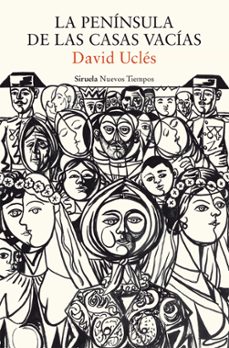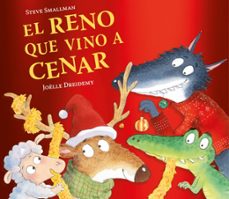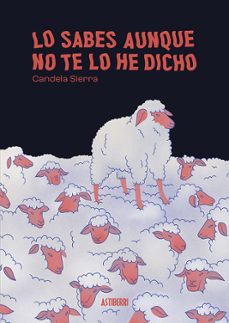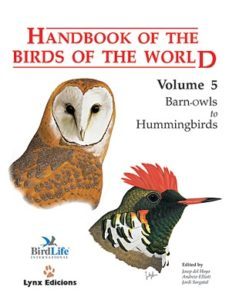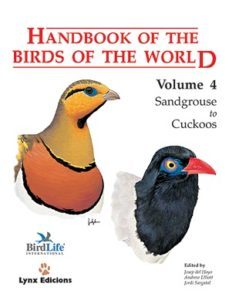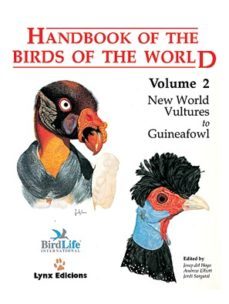Imprescindibles
Ficción
No Ficción
Ciencias y tecnología Biología Ciencias Ciencias naturales Divulgación científica Informática Ingeniería Matemáticas Medicina Salud y dietas Filología Biblioteconomía Estudios filológicos Estudios lingüísticos Estudios literarios Historia y crítica de la Literatura
Humanidades Autoayuda y espiritualidad Ciencias humanas Derecho Economía y Empresa Psicología y Pedagogía Filosofía Sociología Historia Arqueología Biografías Historia de España Historia Universal Historia por países
Infantil
Juvenil
#Jóvenes lectores Narrativa juvenil Clásicos adaptados Libros Wattpad Libros Booktok Libros de influencers Libros de Youtubers Libros Spicy Juveniles Libros LGTBIQ+ Temas sociales Libros ciencia ficción Libros de acción y aventura Cómic y manga juvenil Cómic juvenil Manga Shonen Manga Shojo Autores destacados Jennifer L. Armentrout Eloy Moreno Nerea Llanes Hannah Nicole Maehrer
Libros de fantasía Cozy Fantasy Dark academia Hadas y Fae Romantasy Royal Fantasy Urban Fantasy Vampiros y hombres lobo Otros Misterio y terror Cozy mistery Policiaca Spooky Terror Thriller y suspense Otros
Libros románticos y de amor Dark Romance Clean Romance Cowboy Romance Mafia y amor Romance dramatico Romcom libros Sport Romance Otros Clichés Enemies to Lovers Friends to Lovers Hermanastros Slow Burn Fake Dating Triángulo amoroso
Cómic y manga
Novela gráfica Novela gráfica americana Novela gráfica europea Novela gráfica de otros países Personajes, series y sagas Series y sagas Star Wars Superhéroes Cómics DC Cómics Marvel Cómics otros superhéroes Cómics Valiant
eBooks
Literatura Contemporánea Narrativa fantástica Novela de ciencia ficción Novela de terror Novela histórica Novela negra Novela romántica y erótica Juvenil Más de 13 años Más de 15 años Infantil eBooks infantiles
Humanidades Autoayuda y espiritualidad Ciencias humanas Economía y Empresa Psicología y Pedagogía Filosofía Historia Historia de España Historia Universal Arte Cine Música Historia del arte
Ciencia y tecnología Ciencias naturales Divulgación científica Medicina Salud y dietas Filología Estudios lingüísticos Estudios literarios Historia y crítica de la Literatura Estilo de vida Cocina Guías de viaje Ocio y deportes
ANDREW ELLIOTT
Recibe novedades de ANDREW ELLIOTT directamente en tu email
Filtros
Del 1 al 3 de 3
Lynx Nature Books 9788487334252
Barn Owls to Hummingbirds. Prólogo sobre indicadores de riesgo y evaluación de estado en las aves. Más de 8000 referencias bibliográficas.I wonder how many people were sceptical about how far the Handbook of the Birds of the World project would progress when the first volume was published in 1992. However, with the publication of Volume 5 the bookmakers probably wouldnt take bets on it not being finished in style. With what is arguably the strongest volume to date, a publication that all the critics have described as a "monumental" work is going from strength to strength. Admittedly, part of the reason for the appeal of the latest offering is its scope, covering as it does some of the worlds most exciting birds: owls, nightjars, swifts and hummingbirds certainly take some beating. Included here are some of the planets most enigmatic, beautiful and amazing species. The Handbook of the Birds of the World formula is all-encompassing. It is far more than a field guide, yet its colour plates are of the quality to be expected in the best in-the-field reference, and its photographs are superb. The depth of information on each family is on a comparable plane with that in many family monographs. And if you want to use it as a coffee table book, the brilliant photographs are enough to delight someone with only th...
Ver más
Tapa dura
JOSEP DEL HOYO, ANDREW ELLIOTT y JORDI SARGATAL
Lynx Nature Books 9788487334221
Sandgrouse to Cucos. Prólogo sobre el concepto de especie y sus límites en ornitología. Más de 7000 referencias bibliográficasWith the current trend for publication dates to be missed and missed again, it is a pleasure to review a book that actually comes out on time. This is especially true of this series, and moreso when one considers the effort that must have gone into its production, eg in the current volume there are no fewer than 54 pages of references. The editors and publishers are to be congratuled. This fourth volume maintains the high standards set by volumes 1-3 and follows the same format, with introductory sections on each family containing a liberal scattering of excellent photographs (frequently of little-known species, although I have seen better published photographs of some of the species featured). Many of the photographs are mouth- watering and bring back great memories of past birding trips and provide incentive for future trips. Among my personal favourites are the Speckled Pigeon on page 94, the Red-fan Parrot on page 288, the Scarlet Macaw on page 293 and the Blue Lorikeet on page 311. The species accounts follow the introductory sections and include plates of every recognised species. As mentioned in reviews of previous volumes, the individual species accounts are necessarily fair...
Ver más
Tapa dura
Lynx Nature Books 9788487334153
New World Vultures to Guineafowl. Prólogo sobre la organización de la información en el Handbook. Más de 7000 referencias bibliográficas
Ver más
Tapa dura
Del 1 al 3 de 3



